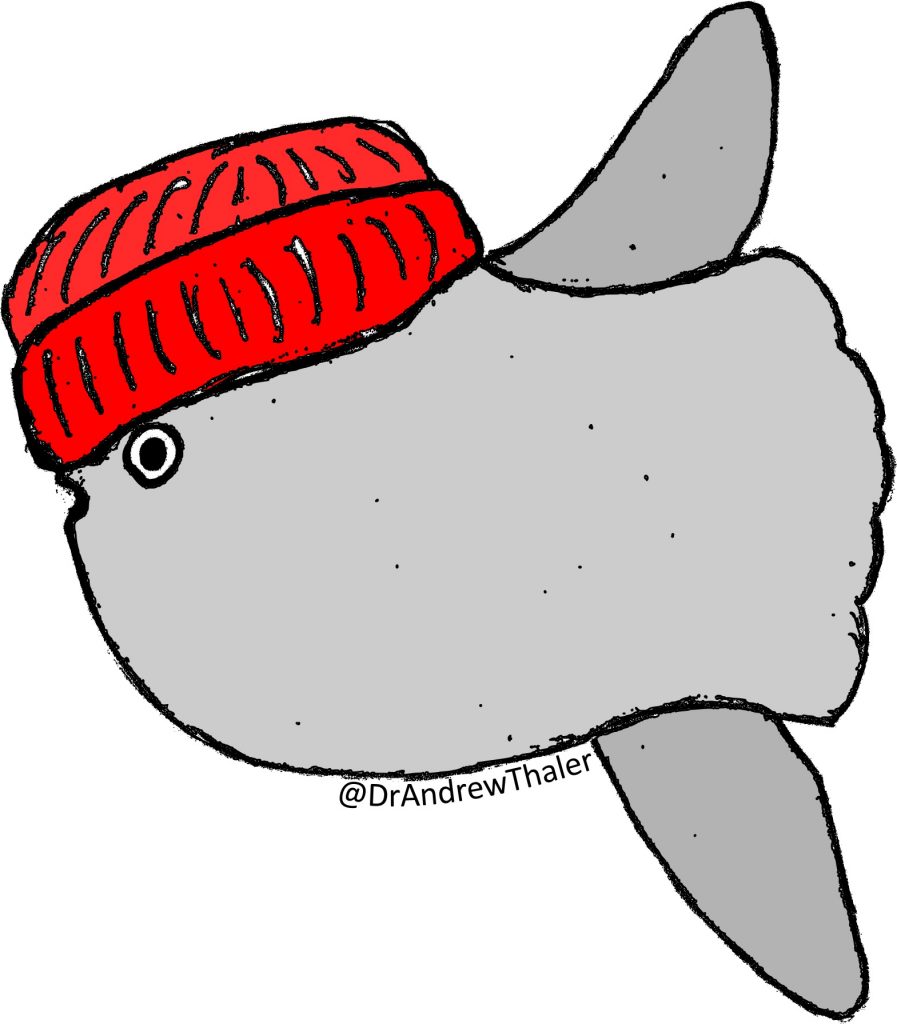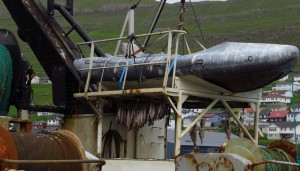
Fog Horn (A Call to Action)
- Gratuitous self-plug alert! There’s still a few chance left to get your own Unflappable Mola Mola sticker, but they’re going fast. For this and the rest of the Jaunty Ocean Critter series, subscribe to my Patreon campaign and help keep Southern Fried Science and Oceanography for Everyone running!

Flotsam (what we’re obsessed with right now)
- Happy Eclipse Day! If you’ve ever wondered what happens in the sea during an eclipse, Rebecca Helm at Deep Sea News has you covered!
- This is an utterly amazing video of Blue Whale feeding behavior. Kudos to Slate, who went with the headline “Krill Joy“.
- “Thirty years ago, I discovered a new world. I wanted to conquer it when I should have protected it. It’s not too late.” An uncompromising Jacques Cousteau biopic starring Lambert Wilson? Yes, please!
Jetsam (what we’re enjoying from around the web)
